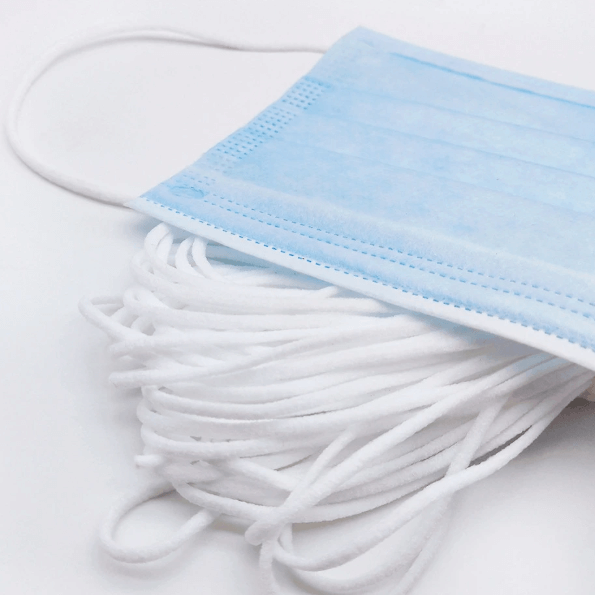How to distinguish which material is more suitable for face masks?
The protective effect of dust masks depends on two aspects. The first aspect is the filtration efficiency of the filter cotton. The second aspect is the tightness of the combination of the face mask and the face. Therefore, face masks must be divided into different sizes, and the fitting effect of face masks regardless of size and face varies from person to person.

The scientific selection of dust masks certified by the GB2626-2006 standard helps prevent lung injuries.
1. Choose the duplex half-face mask type. Disposable masks are not suitable for long-term or occupational protection due to their high air leakage rate.
2. Choose KN100 grade dustproof filter cotton to use. Low protection rate will cause physical injury.
3. It is more comfortable to choose a face mask made of silicone material. It is suitable for long-term wear and is not easy to cause allergic reactions. Masks with high hardness can easily cause facial indentation.
4. Masks are divided into large and small numbers, which is extremely important. Do not buy those so-called universal model masks. Easy to leak.
5. There are two types of face masks covering the nose and mouth, covering the nose and mouth, and the jaw. The latter is recommended, which is relatively comfortable.
6. It is recommended to choose a smooth breathing mask. Some masks are designed with double filter cotton, and the filter cotton has double sides, so that such face masks can breathe relatively smoothly.

